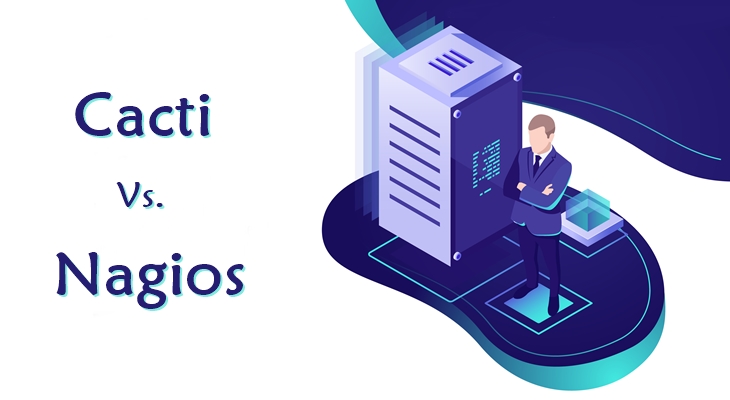Everybody has experienced being stuck in customer service purgatory, repeating themselves to chatbots or agents who don't seem to get it. In addition to being inconvenient and time-consuming, it honestly makes us question why we first decided to remain with these products. Businesses are scrambling to solve this prevalent issue behind the scenes, and Natural Language Processing (NLP) has proven to be the solution.
By 2025, 80% of businesses will either be utilizing or want to use AI-powered chatbots for customer support, according to Plivo. It's not simply another tech jargon term. By enabling robots to comprehend and react to human language naturally, natural language processing (NLP) is radically altering how companies interact with their clientele.
NLP applications are subtly changing customer service, from reading emails from customers to enabling voice assistants that can recognize your accent. In this blog, we’ll walk you through what makes this technology so powerful and why it matters for both businesses and the customers they serve.
What is NLP in Customer Service?
In customer service, natural language processing is basically technology that enables computers to comprehend what consumers are saying, not just the words themselves, but also the meaning behind them. Think about the times you text a company about a problem, and even though your message is full of slang or errors, they still manage to comprehend exactly what you need. Behind the scenes, NLP is processing your communication just like a human would.
5 Examples of NLP In Customer Service
Sentiment analysis: There's more to those customer satisfaction questionnaires than just gathering dust. Sentiment analysis algorithms read through customer reviews in the background to determine which aspects of a product people appreciate and which ones make them want to chuck their device out the window.
Intent recognition: Ever wonder how chatbots can determine whether you're trying to ask about store hours or return an item? Intent recognition models can help you escape the monotonous cycle of meaningless automatic responses by analyzing your requests to ascertain what you really want.
Automatic ticket routing: When you submit that frustrating email about your broken subscription, NLP engines quickly classify your issue and route it to the right department. So, your internet problem doesn't end up with the billing team who can't help you.
Multilingual support: Translation methods that go beyond word-for-word conversion are being used by multinational corporations. They maintain local idioms and context when typing in Arabic, Spanish, or Japanese to give customers the same superior service everywhere.
Voice biometrics: Some call centers may now confirm your identity just by listening to your speech in informal discussions. Consequently, it is no longer an option to stand in a crowded coffee shop and recite awkward passwords or someone's name.
How Can Your Company Benefit from NLP In Customer Service?
For customer service teams, NLP serves as both translator and analyst. It changes our disorganized, erratic phone conversations, emails, chats, and social media posts into structured data that businesses can use. NLP is extremely useful for developing service experiences that feel human rather than automated because of this contextual awareness.
Its capacity to detect subtleties such as differentiating between a consumer who is merely irritated and one who is going to cancel their subscription, or identifying when someone is inquiring about return policies as opposed to complaining about a defective product is what captures attention.
Product development teams can learn a lot from the data collected, including what customers like, dislike, and wish your goods could do better. Most significantly, one will be able to identify developing problems before they become a social media firestorm. Real-time patterns of unhappiness can be identified using NLP techniques, allowing one to solve issues before they become PR nightmares.
What Are the Concerns of NLP In Customer Service?
Regional dialects, industry jargon, and irony are examples of subtle language that this technology currently has trouble understanding. It leads to those embarrassing situations where systems totally misunderstand what customers are asking for. Customers are becoming more concerned about how their interactions are recorded, examined, and possibly utilized for purposes they never agreed to, which brings us to the difficult problem of privacy.
NLP systems necessitate a large initial outlay of funds for training, software, and tool integration. At first, the support staff may oppose the technology because they are afraid of being replaced rather than because they perceive it as a tool that would help them with their most tiresome jobs.
To Sum Up!
Even if the technology isn't flawless, its capacity to comprehend, classify, and react to human language is improving consumer experiences and streamlining operations. It will get harder to tell the difference between automated and human service as we move forward. It's not that humans will be entirely replaced by robots; rather, it's that they will do the task so flawlessly that we won't even notice.
To know more about NLP In Customer Service, keep reading our blogs at KnowledgeNile.
Also Read:
IoT Device Examples and their Capabilities for Real-world Applications





